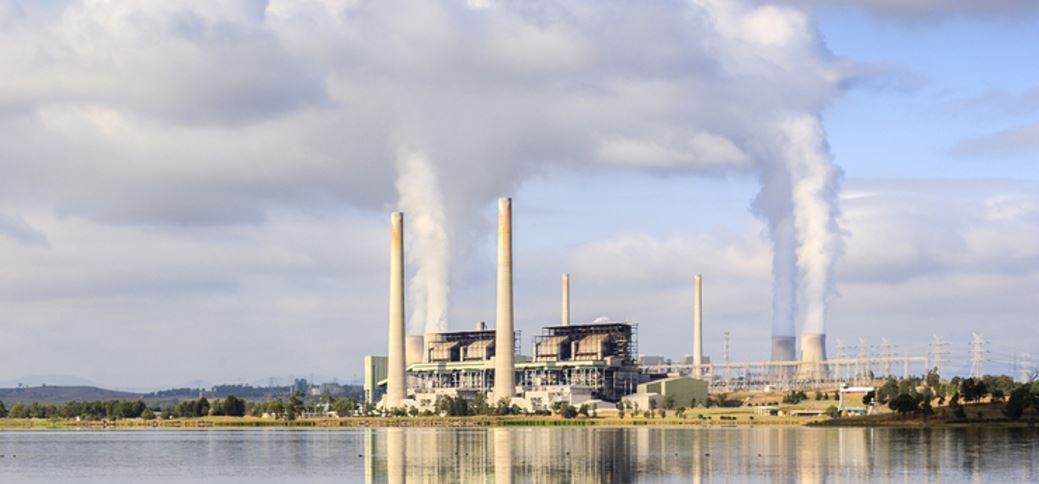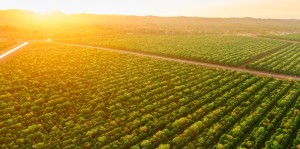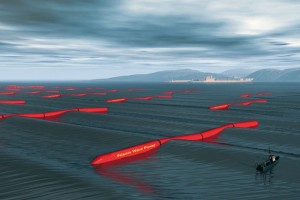An Australian National University research program that aims lead the world in grid-scale battery storage innovation and integration has been awarded $5 million in grant funding from the ACT government.
The funding, announced on Wednesday, has been provided as part of the Renewable Energy Innovation Fund, which was set up off the back of the ACT’s first and second wind energy auctions.
Last week, the Territory government announced the winners of the second round of its battery storage auction, part of a nation-leading plan to deploy 36MW of cutting edge distributed battery storage in more than 5,000 ACT homes and businesses by 2020 – and the largest government supported battery storage program in Australia by quite a distance.
ACT climate and environment minister Simon Corbell, the architect of the highly successful reverse action schemes, said on Wednesday that the development of the ANU-based Battery Storage and Integration Research program showed his government’s renewable energy initiatives continued to provide benefits for the sector.
The ACT government and ANU will jointly invest the funds in the $8 million Battery Storage and Integration Research Program over the course of five years.
The international effort will be coordinated by ANU’s Energy Change Institute, which will support the program with $3 million in cash and in-kind contributions, including $2 million for new laboratory infrastructure to support battery storage and integration research.
ANU Vice-Chancellor Professor Brian Schmidt said the Territory’s support would help establish Australia as research leaders in the battery storage field, which was increasingly important as more renewables were brought into the power generation mix.
Schmidt said the ECI would also engage with the emerging renewable energy sector in the ACT, while also fostering international renewable energy partnerships.
“The ACT is one of the world’s leading jurisdictions and the leader in Australia when it comes to renewable energy policy, as exemplified by the innovative wind and solar reverse auctions,” he said.
Professor Ken Baldwin, Director of the ANU Energy Change Institute, also welcomed the announcement.
“As the proportion of renewables in the grid grows, battery storage and its integration are becoming increasingly important to address intermittency in renewable energy supply,” Professor Baldwin said.
“The… funding will generate enormous economic benefits for the ACT. It will enhance local industry capability and competitiveness, attracting innovative energy companies to the ACT and building the ACT’s reputation as a global leader in renewable energy and storage,” he said.



 Marco Stella is Senior Broker, Environmental Markets, at TFS Green Australia. The TFS Green Australia team provides project and transactional environmental market brokerage and data services across all domestic and international renewable energy, energy efficiency and carbon markets. Here, Mr Stella outlines the current market trends.
Marco Stella is Senior Broker, Environmental Markets, at TFS Green Australia. The TFS Green Australia team provides project and transactional environmental market brokerage and data services across all domestic and international renewable energy, energy efficiency and carbon markets. Here, Mr Stella outlines the current market trends. Australia’s search for the perfect wave is being solved with a wave energy atlas.
Australia’s search for the perfect wave is being solved with a wave energy atlas.